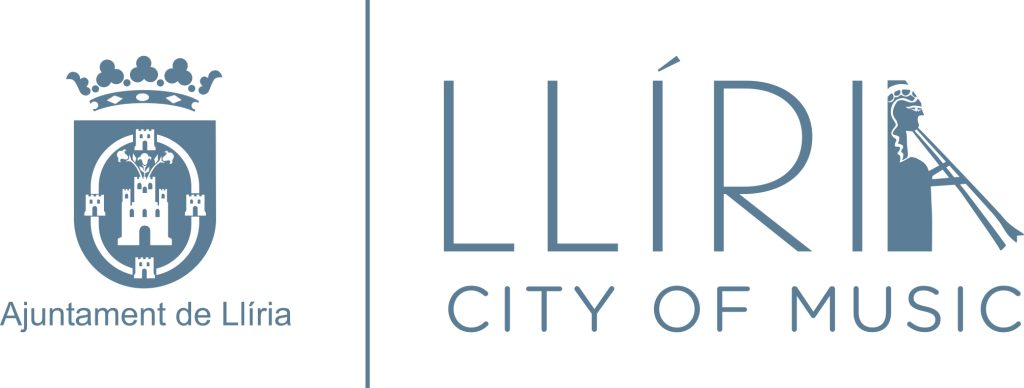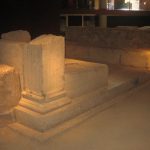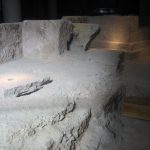THEY HAVE PERFORMED IN LLÍRIA THE CANTATA “LA MISSIÓ DE ROBI” ACCOMPANIED BY THE BAND UDP LLÍRIA-CAMP DE TÚRIA-SERRANOS.

The Pla de l’Arc de Llíria pavilion today hosted the closing concerts of the musical and scenic educational project “L’Escola Canta”. A choir formed by more than 850 schoolchildren performed the cantata “La missió de Robi”, a work with music by Marcel Ortega and lyrics by Isabel Marín. In addition, they have had the instrumental accompaniment of the Band UDP Llíria-Camp de Túria-Serranos directed by Vicente Puchol.
This morning was held the first session aimed at students from schools, and this afternoon, at 19.00 pm, the performance will be repeated for the general public.
“La missió de Robi” transmits an inclusive, integrating and respectful message with the differences, through its main character, “Robi”, neighbor of the asteroid B614, who begins to attend an earth school.
The school choir that performed this work, directed by its teachers, was formed by students of Primary and Special Education from a total of 17 schools in the municipalities of Llíria (CEIP Sant Miquel, CEIP Sant Vicent and CIEM Unió Musical), Gátova and Olocau (CRA Alt Carraixet), Marines (CEIP Castillo del Real), Vilamarxant (CEIP Horta Major), l’Eliana (CEIP L’Olivera), Bugarra (CRA Baix Túria), Benaguasil (CEIP Luis Vives), La Pobla de Vallbona (CEIP El Campés), Riba-roja (CEIP Camp de Túria), San Antonio de Benagéber (CEIP 8 d’abril and CEIP nº 2), Bétera (CEIP Lloma del Mas), Serra (CEIP Sant Josep) and Paterna (CEE Francisco Esteve and CEIP El Parque).
The City Council of Llíria, through the Department of Education, has supported, for the second consecutive year, the organization of this educational initiative of the General Directorate of Educational Innovation and Planning, included within Escolarts, to promote the social use of Valencian through the interpretation and representation of a cantata, and also with the participation of the artistic-expressive CEFIRE.
In addition to promoting the use of Valencian through artistic creativity, this activity aims to promote musical education, knowledge of Valencian musical heritage and other cultures, and collaboration between different entities and administrations to create quality cultural works and show them to society.








